
Back
Selaginella kraussiana 'Brownii'
| Family Name: | Selaginellaceae |
| Synonyms: | Selaginella kraussianum 'Brownii' |
| Common Name: | Krauss' Spikemoss, Pin-Cushion Spikemoss, Emerald Isle Spikemoss, Scotch Moss, Compact Spikemoss |
Name
Classifications and Characteristics
| Plant Division | Ferns & Lycophytes (Non-Seed Vascular Plants) |
|---|---|
| Plant Growth Form | Herbaceous Plant |
| Lifespan (in Singapore) | Perennial |
| Mode of Nutrition | Autotrophic |
| Plant Shape | Compact |
| Maximum Height | 0.05 m to 0.10 m |
| Maximum Plant Spread / Crown Width | 0.1 m to 0.2 m |
Description and Ethnobotany
| Growth Form | Fern relative, perennial herbaceous shrub, up to 10cm height, with low mounding habit, forming dense creeping mats or compact cushions. Mounding habit more distinct in young plants. 2-stage life cycle, includes tiny gametophytes (originating from spores) and spore-bearing sporophytes (ie. the plant). Differentiated from the species form which grows as loose diffuse mats. |
|---|---|
| Foliage | Microphylls (very small leaves) elliptical, scale-like, shiny green with papery texture. |
| Stems | Reddish brown, creeping, stringy, very short and much branched, resulting in compact whorled foliage. |
| Others - Plant Morphology | Strobili: Fertile parts not observed. |
| Cultivation | Prefers bright shade and rich acidic soils that are moist but well-drained. Do not let soil dry out in between watering, or sit plant in constantly waterlogged condiitons which can cause crown rot. Likes high humidity -- mist occasionally, and enclose plant within terrarium if used in air-conditioned areas. Overly-low humidity makes plant prone to browning or leaf-scald. Slower-growing than other cultivars of this species -- do not grow beside more vigorous plants to prevent it from being swamped. Propagate by leafy stem cuttings, layering, division and spores. |
| Etymology | Genus epithet 'Selaginella' is diminuitve of Selago, a flowering plant with fine moss-like foliage. Species epithet 'kraussiana' named after German naturalist, plant collector and museum director, Christian Ferdinand Friedrich von Krauss (1812-1890), who travelled to South Africa and collected 2,308 species, of which 340 species and 34 genera were new to science. |
Landscaping Features
| Desirable Plant Features | Ornamental Foliage |
|---|---|
| Landscape Uses | Interiorscape/ Indoor Plant, Flowerbed / Border, Suitable for Bonsai, Terrarium, Container Planting |
| Thematic Landscaping | Naturalistic Garden |
Plant Care and Propagation
| Light Preference | Semi-Shade, Full Shade |
|---|---|
| Water Preference | Lots of Water, Occasional Misting |
| Plant Growth Rate | Slow |
| Rootzone Tolerance | Fertile Loamy Soils, Well-Drained Soils, Waterlogged Soils (Drains Site), Acidic (low pH) Soils, Shallow Media |
| Diseases | Crown rot in waterlogged soils |
| Propagation Method | Stem Cutting, Division |
| Maintenance Requirements Remarks | Do not let soil dry out |
| Propagation Method Remarks | Spores, Layeringf |
Foliar
| Foliage Retention | Evergreen |
|---|---|
| Mature Foliage Colour(s) | Green |
| Mature Foliage Texture(s) | Smooth, Glossy / Shiny, Papery, Thin |
| Foliar Shape(s) | Non-Palm Foliage (Elliptical) |
| Foliar Margin | Entire |
| Foliar Apex - Tip | Acute |
| Foliar Base | Rounded / Obtuse |
| Typical Foliar Area | Nanophyll ( 0.25cm2 - 2.25 cm2 ) |
Non - Foliar and Storage
| Stem Type & Modification | Herbaceous |
|---|---|
| Root Type | Underground (Fibrous Root) |
Image Repository
Others
| Master ID | 29443 |
|---|---|
| Species ID | 3752 |
| Flora Disclaimer | The information in this website has been compiled from reliable sources, such as reference works on medicinal plants. It is not a substitute for medical advice or treatment and NParks does not purport to provide any medical advice. Readers should always consult his/her physician before using or consuming a plant for medicinal purposes. |

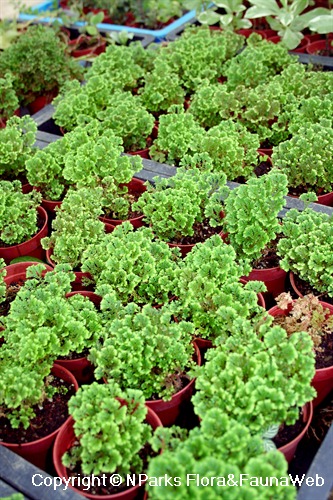

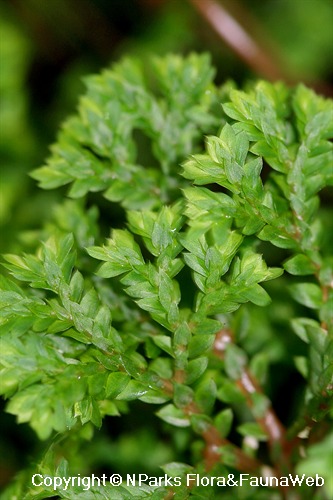
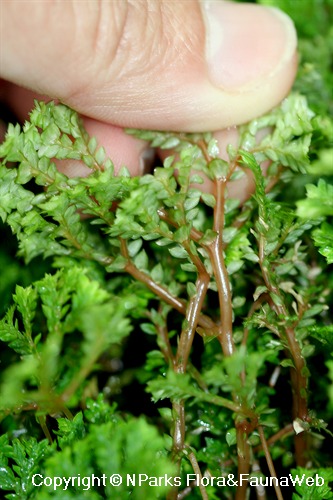


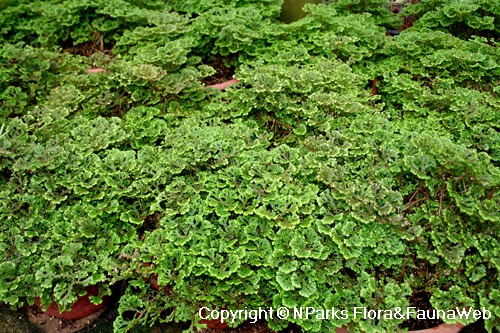
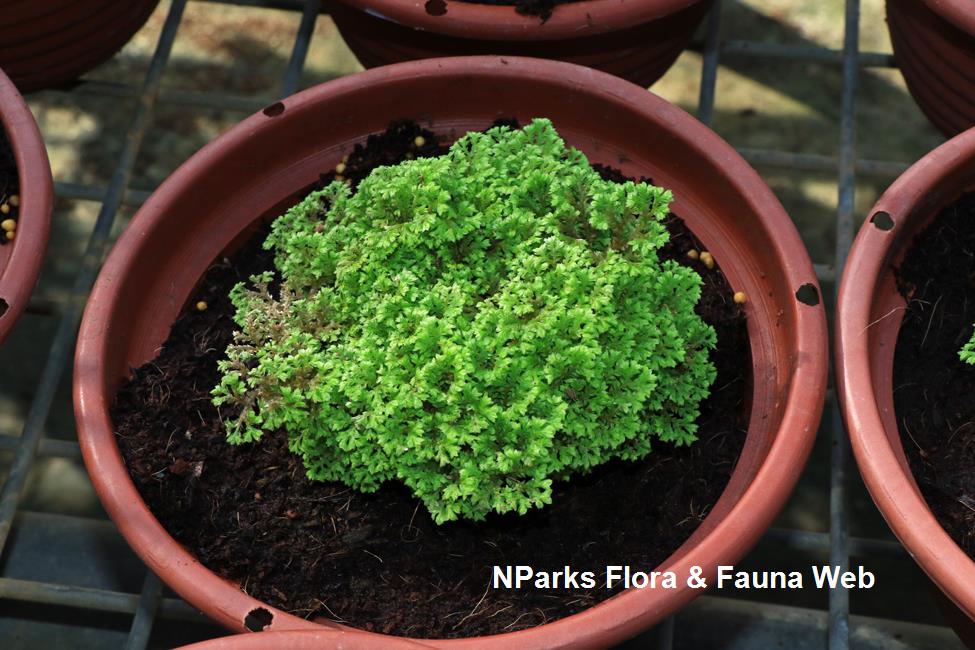



.jpg)